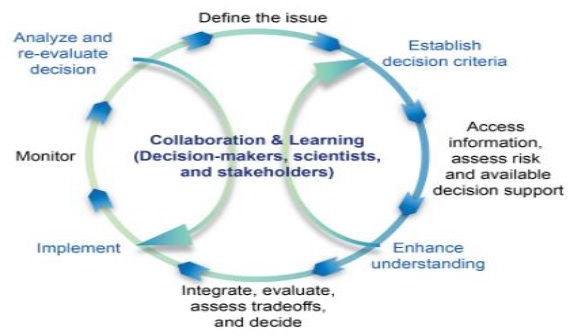Technology Paradigm Assessment using a Decision Support Model
DOI:
https://doi.org/10.54741/asejar.1.3.6Keywords:
paradigm, design decision, product cases, creative goods, innovationAbstract
Thinking about the coming of a new technology paradigm means thinking about a number of things, from managerial decisions and strategic evaluations to design choices and technology-related choices. In order to address this latter viewpoint, the current study puts forth a model that calculates the likelihood that creative goods will succeed based on design choices. The emphasis on the design choices that give rise to significant changes is not antagonistic but rather a supplement to the conventional forecasting viewpoints that take environmental or process management aspects into account. The model is built on a database of previous inventions that were successful and failed. This information is used to construct a logistic regression model, the results of which can be useful to managers and designers alike. The former receive guidance on how certain design decisions impact innovation uptake and product perception, while the latter receive assistance in determining which initiatives hold the greatest promise. Two digital product cases serve as examples of the model.
Downloads
References
Sivadas E., & Dwyer F.R. (2000). An examination of organizational factors influencing new product success in internal and alliance-based processes. Journal of Marketing, 64(1), 31-49.
Sahlo A., & Cuhls K. (2003). Technology foresight - Past and future. Journal of Forecasting, 2(2-3), 79-82.
Okoli C., & Pawlowski, S.D. (2004). The delphi method as a research tool: An example, design considerations and applications. Information & Management, 42(1), 15-29.
Rothaermel F.T., Hitt M.A., & Jobe, L.A. (2006). Balancing vertical integration and strategic outsourcing: effects on product portfolio, product success, and firm performance. Strategic Management, 27(11), 1033-1056.
Arboretti Giancristofaro, R. & Salmaso, L. (2007). Model performance analysis and model validation in logistic regression. Statistica, 63(2), 375-396.
Pisano G.P., & Verganti, R. (2008). Which kind of collaboration is right for you?. Harvard Business Review, 86, 78-86.
Troy L.C., Hirunyawipada T., & Paswan, A.K. (2008). Cross-functional integration and new product success: An empirical investigation of the findings. Journal of Marketing, 72(6), 132-146.
Borgianni Y., Cascini G., Pucillo F., & Rotini F. (2013). Supporting product design by anticipating the success chances of new value profiles. Computers in Industry, 64(4).
Cantamessa, M. (2005). Fundamentals of product portfolio management.
Norman D.A., & Verganti R. (2014). Incremental and radical innovation: design research vs. technology and meaning change. Design Issues, 30 (1), 78-96.

Published
How to Cite
Issue
Section
ARK
License
Copyright (c) 2022 Dr. Mukesh Mishra

This work is licensed under a Creative Commons Attribution 4.0 International License.
Research Articles in 'Applied Science and Engineering Journal for Advanced Research' are Open Access articles published under the Creative Commons CC BY License Creative Commons Attribution 4.0 International License http://creativecommons.org/licenses/by/4.0/. This license allows you to share – copy and redistribute the material in any medium or format. Adapt – remix, transform, and build upon the material for any purpose, even commercially.










